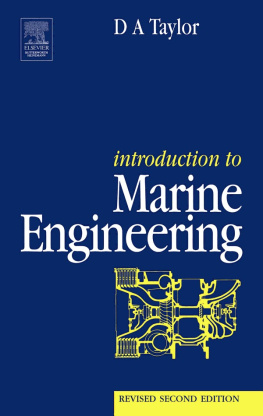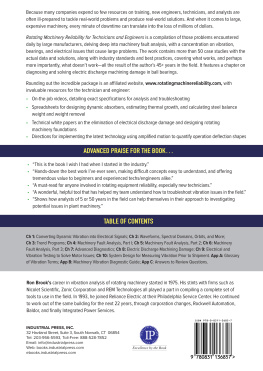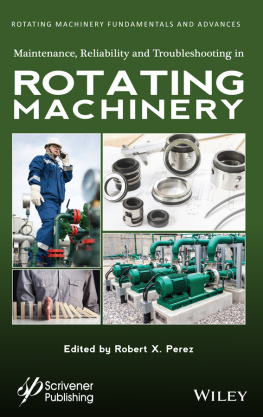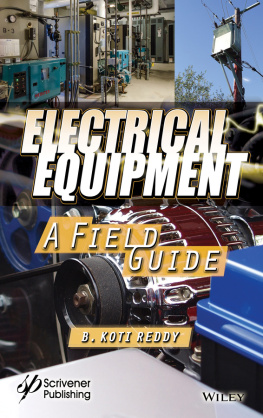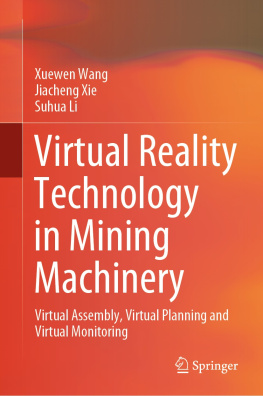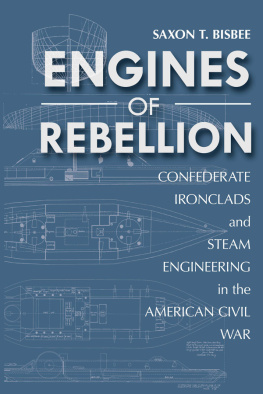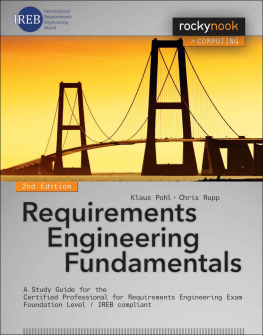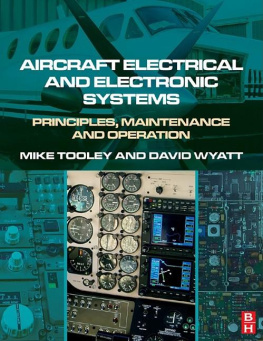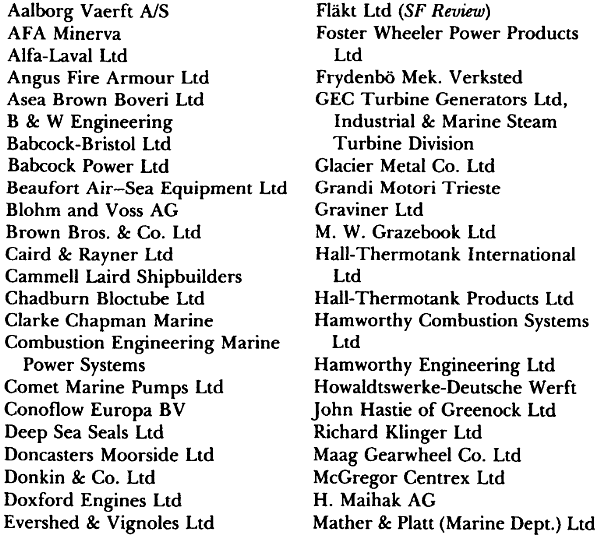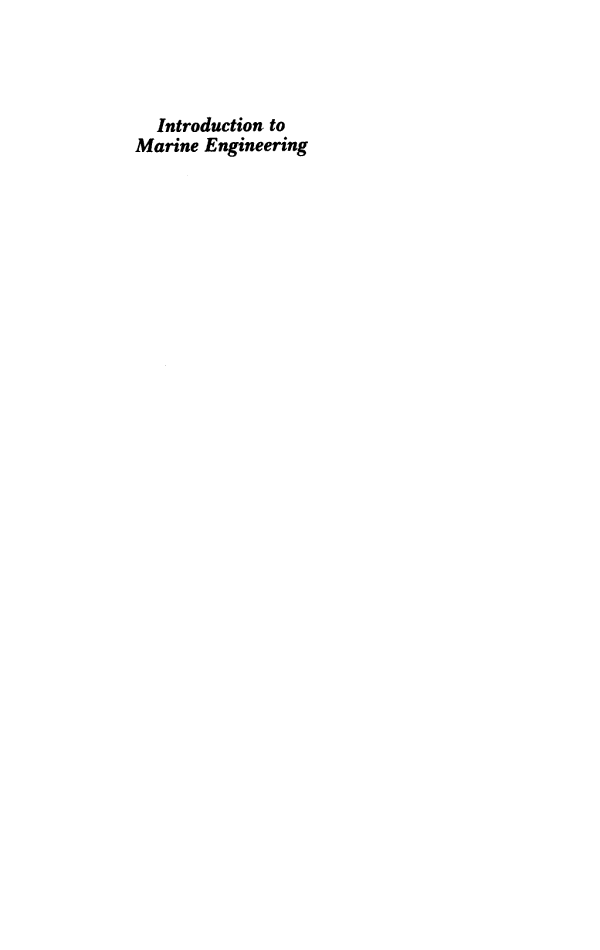

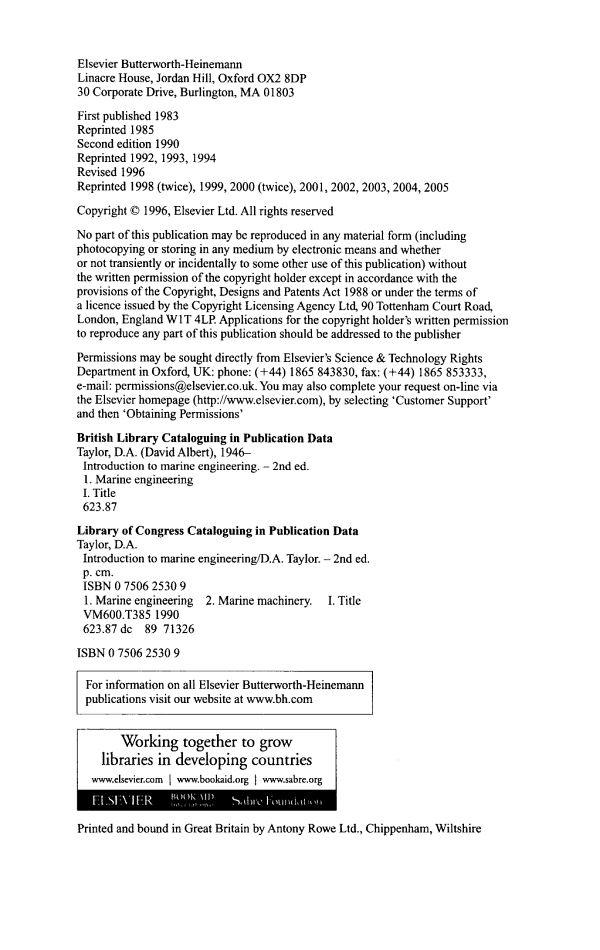
Preface to second edition
Progress has been made in many areas of marine engineering since the first edition of this book was published. A greater emphasis is now being placed on the cost-effective operation of ships. This has meant more fuel-efficient engines, less time in port and the need for greater equipment reliability, fewer engineers and more use of automatically operated machinery.
The marine engineer is still, however, required to understand the working principles, construction and operation of all the machinery items in a ship. The need for correct and safe operating procedures is as great as ever. There is considerably more legislation which must be understood and complied with, for example in relation to the discharging of oil, sewage and even black smoke from the funnel. Engineers must now be more environmentally aware of the results of their activities and new material is included in this revised edition dealing with exhaust emissions, environmentally friendly refrigerants and fire extinguishants.
The aim of this book is to simply explain the operation of all the ship's machinery to an Engineer Cadet or Junior Engineer who is embarking on a career at sea. The emphasis is always upon correct, safe operating procedures and practices at all times.
The content has been maintained at a level to cover the syllabuses of the Class 4 and Class 3 Engineer's Certificates of Competency and the first two years of the Engineer Cadet Training Scheme. Additional material is included to cover the Engineering knowledge syllabus of the Master's Certificate.
Anyone with an interest in ships' machinery or a professional involvement in the shipping business should find this book informative and useful.
D.A. Taylor
Acknowledgements
I would like to thank the many firms, organisations and individuals who have provided me with assistance and material during the writing of this book.
To my many colleagues and friends who have answered numerous queries and added their wealth of experience, I am most grateful.
The following firms have contributed various illustrations and information on their products, for which I thank them.
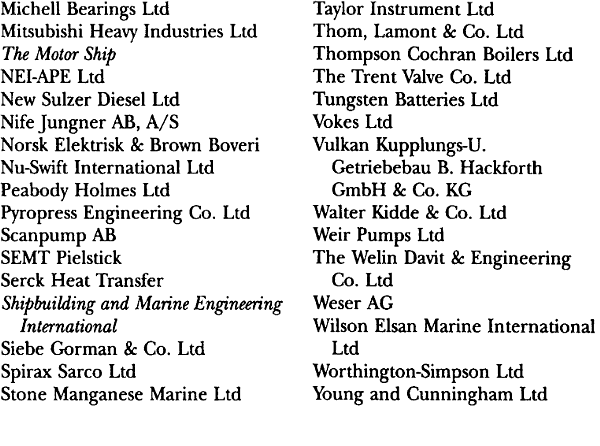
Chapter
Ships and machinery
As an introduction to marine engineering, we might reasonably begin by taking an overall look at the ship. The various duties of a marine engineer all relate to the operation of the ship in a safe, reliable, efficient and economic manner. The main propulsion machinery installed will influence the machinery layout and determine the equipment and auxiliaries installed. This will further determine the operational and maintenance requirements for the ship and thus the knowledge required and the duties to be performed by the marine engineer.
Ships
Ships are large, complex vehicles which must be self-sustaining in their environment for long periods with a high degree of reliability. A ship is the product of two main areas of skill, those of the naval architect and the marine engineer. The naval architect is concerned with the hull, its construction, form, habitability and ability to endure its environment. The marine engineer is responsible for the various systems which propel and operate the ship. More specifically, this means the machinery required for propulsion, steering, anchoring and ship securing, cargo handling, air conditioning, power generation and its distribution. Some overlap in responsibilities occurs between naval architects and marine engineers in areas such as propeller design, the reduction of noise and vibration in the ship's structure, and engineering services provided to considerable areas of the ship.
A ship might reasonably be divided into three distinct areas: the cargo-carrying holds or tanks, the accommodation and the machinery space. Depending upon the type each ship will assume varying proportions and functions. An oil tanker, for instance, will have the cargo-carrying region divided into tanks by two longitudinal bulkheads and several transverse bulkheads. There will be considerable quantities of cargo piping both above and below decks. The general cargo ship will have various cargo holds which are usually the full width of the vessel and formed by transverse bulkheads along the ship's length. Cargo-handling equipment will be arranged on deck and there will be large hatch openings closed with steel hatch covers. The accommodation areas in each of these ship types will be sufficient to meet the requirements for the ship's crew, provide a navigating bridge area and a communications centre. The machinery space size will be decided by the particular machinery installed and the auxiliary equipment necessary. A passenger ship, however, would have a large accommodation area, since this might be considered the 'cargo space'. Machinery space requirements will probably be larger because of air conditioning equipment, stabilisers and other passenger related equipment.
Machinery
Arrangement
Three principal types of machinery installation are to be found at sea today. Their individual merits change with technological advances and improvements and economic factors such as the change in oil prices. It is intended therefore only to describe the layouts from an engineering point of view. The three layouts involve the use of direct-coupled slow-speed diesel engines, medium-speed diesels with a gearbox, and the steam turbine with a gearbox drive to the propeller.
A propeller, in order to operate efficiently, must rotate at a relatively low speed. Thus, regardless of the rotational speed of the prime mover, the propeller shaft must rotate at about 80 to 100 rev/min. The slow-speed diesel engine rotates at this low speed and the crankshaft is thus directly coupled to the propeller shafting. The medium-speed diesel engine operates in the range 250-750 rev/min and cannot therefore be direct y coupled to the propeller shaft. A gearbox is used to provide a low-speed drive for the propeller shaft. The steam turbine rotates at a very high speed, in the order of 6000 rev/min. Again, a gearbox must be used to provide a low-speed drive for the propeller shaft.
Slow-speed diesel
A cutaway drawing of a complete ship is shown in Figure 1.1. Here, in addition to the machinery space, can be seen the structure of the hull, the cargo tank areas together with the cargo piping and the deck machinery. The compact, complicated nature of the machinery installation can clearly be seen, with the two major items being the main engine and the cargo heating boiler.
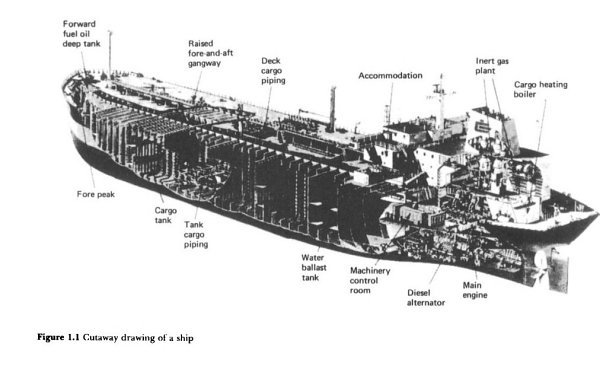
The more usual plan and elevation drawings of a typical slow-speed diesel installation are shown in Figure 1.2.

